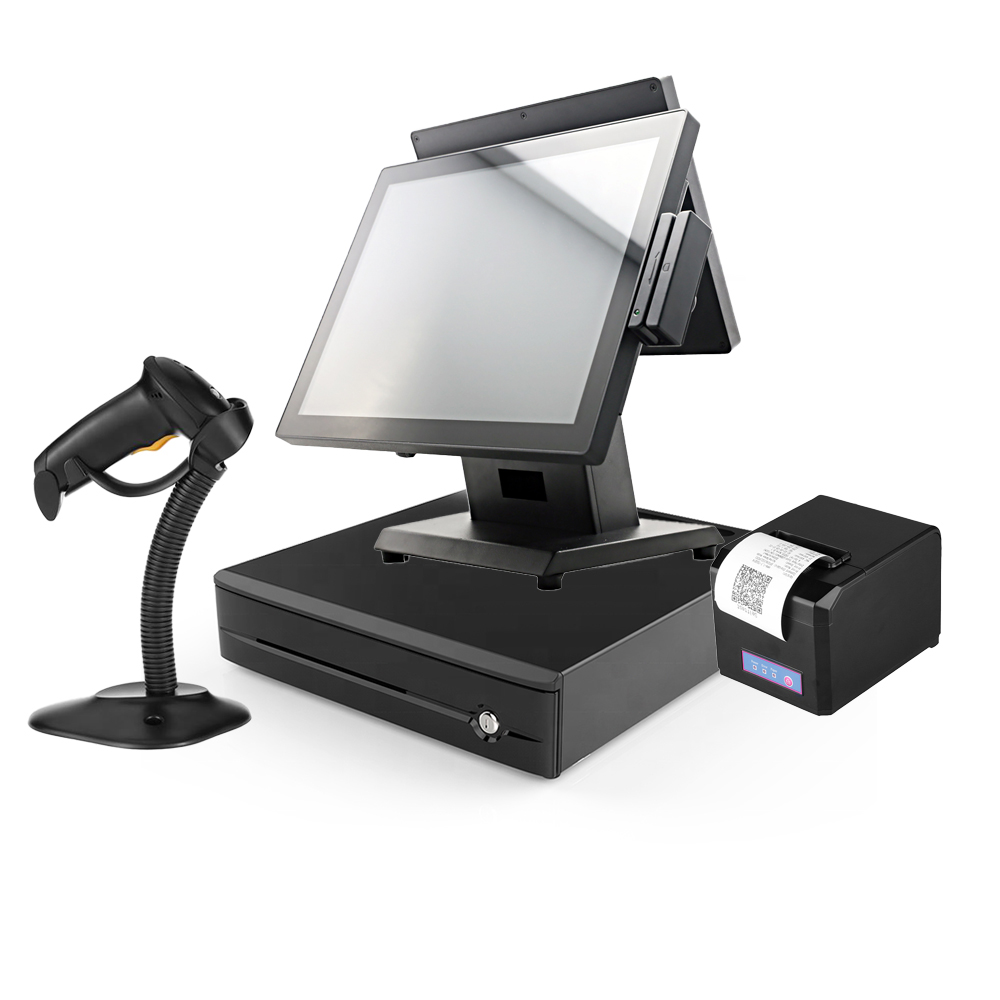Exactly How POS System Functions: A Comprehensive Overview for Entrpreneurs

Understanding the Parts of a POS System
How Sales Transactions Are Processed
When a customer chooses to make an acquisition, the sales deal launches a collection of organized actions within the POS system. First, the cashier inputs the products being bought, which are scanned via a barcode reader or by hand gone into. This activity gets item information, including prices and suitable taxes, from the system's database.Next, the customer exists with the total quantity due. The POS system then refines the repayment, whether with cash money, credit history card, or mobile settlement methods (Restaurant POS Software). For digital payments, the POS safely interacts with payment processors to accredit and verify the transaction.Once the settlement is verified, the system generates a receipt, which can be published or sent out digitally. This invoice offers as receipt for the consumer. The deal data is taped in the system, ensuring precise sales documents and financial monitoring for the business.
Inventory Monitoring and Tracking

Efficient supply monitoring and tracking are crucial elements of a POS system, as they guarantee that organizations preserve ideal stock degrees and lessen inconsistencies. A durable POS system permits for real-time inventory updates, mirroring sales and returns instantly. This allows company owners to monitor supply degrees precisely, making certain that preferred things are conveniently offered while protecting against overstocking of much less popular products.Additionally, progressed POS systems use functions such as computerized stock alerts and reorder tips, enhancing the purchase process. Barcoding and RFID technology enhance accuracy in tracking inventory movement, decreasing human mistake. Comprehensive coverage devices provide insights right into supply turnover rates, helping businesses make notified decisions regarding buying and product offerings. Eventually, effective stock administration with a POS system not only boosts operational efficiency but also enhances client satisfaction by guaranteeing item accessibility.
Assessing Client Data and Insights
Customer data analysis works as an effective tool for organizations using a POS system (Restaurant POS Software). By collecting and examining transaction information, organizations can uncover useful insights regarding client behavior and choices. This evaluation enables them to recognize acquiring trends, peak purchasing times, and preferred products, consequently educating inventory decisions and advertising check here and marketing strategies.Additionally, companies can segment their consumer base, enabling for customized marketing initiatives that cater to particular demographics or buying routines. Comprehending customer commitment patterns also aids in developing targeted promos and rewards programs.The data amassed from a POS system can likewise disclose insights right into consumer feedback, allowing businesses to make educated decisions concerning product offerings and service renovations. Inevitably, leveraging client information properly can improve the general buying experience, foster consumer satisfaction, and drive profits development
Benefits of Implementing a POS System

Regularly Asked Questions
What Kinds of Organizations Can Benefit From a POS System?
Various organizations profit from a POS system, including retail shops, restaurants, beauty salons, and e-commerce platforms. These systems streamline purchases, inventory management, and consumer information, enhancing operational performance and enhancing client experience across varied sectors.
Just how Much Does a POS System Generally Cost?
The expense of a POS system normally varies from a few hundred to more info numerous thousand bucks, relying on attributes, hardware, and software application. Companies must think about ongoing costs for assistance, upkeep, and purchase handling when budgeting.
Can I Integrate a POS System With Existing Software Program?
Incorporating a POS system with existing software program is commonly practical. Numerous systems provide APIs or built-in compatibility attributes, permitting businesses to streamline procedures and enhance performance by connecting different software application applications properly.
What Training Is Required for Staff to Use a POS System?
Training for staff to make use of a POS system usually consists of understanding software performances, processing purchases, handling inventory, and taking care of client interactions. Practical demos and hands-on practice improve efficiency and confidence in making use of the system successfully.
What Takes place if the Web Drops While Using a POS System?
If the internet goes down during POS system usage, transactions may be disrupted. Lots of systems provide offline abilities, enabling standard operations to continue, yet complete capability, including real-time stock updates, will be limited. A Point of Sale (POS) system is composed of several key elements that work together to manage and facilitate purchases organization procedures. Efficient inventory monitoring and monitoring are essential components of a POS system, as they ensure that services keep perfect supply levels and minimize inconsistencies. Customer information analysis offers as an effective device for businesses utilizing a POS system. Understanding client commitment patterns additionally aids in developing targeted rewards and promotions programs.The information gleaned from a POS system can also reveal insights right into customer responses, enabling businesses to make enlightened choices pertaining to item offerings and service enhancements. Executing a POS system supplies countless benefits that can significantly improve company operations.